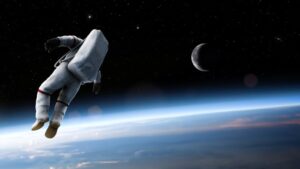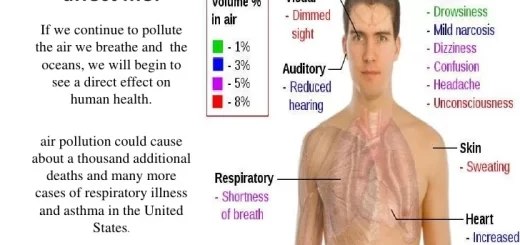Gravity, weightlessness in solar system & Newton’s law of universal gravitation
The solar system consists of the Sun (star), Eight planets (revolving around the Sun in fixed orbits), the comets, the asteroids, and the moons (the satellites of the planets), It was considered as the center of the universe in the past but now we know that our system is a tiny spot compared to the rest of the universe.
The solar system
The planets and the other bodies were originated in the solar system since 4600 million years ago, The astronomic system (the solar system) extends over 12000 million kilometers in the space.
The Sun is the center of the solar system and it is the dominant body (star) in this system as it represents more than 99 % of the total mass of the solar system.
The gravity in the solar system
The English scientist Isaac Newton was the first one who discovered the Earth’s gravitational force when he was sitting under a tree and he found an apple falling down to the ground.
Newton set a law of universal gravitation to explain the movement of the planets around the Sun, and the movement of the moon around the earth.
Newton’s law of universal gravitation
There is an attraction force between any two bodies, and it is directly proportional to the product of the masses of the two bodies, The attraction force between the two bodies is inversely proportional to the square of the distance between them.
Newton proved that the gravitational force makes the planets revolve around the Sun in fixed orbits, and the matter of each celestial body remains firm, The gravitational force is the force that keeps the continuity of the planets rotating in their orbits around the Sun.
If the gravitational force of a celestial body was strong enough, it will attract the gases towards itself forming an atmosphere around it (even if it was a planet or a moon).
The law of universal gravitation is one of the basic laws of the universe, if there is no attraction force between the Sun and the Earth, The Earth will leave its orbit and float in a random fashion in the space and this leads to the destruction of the Earth.
The gravity keeps the planets in their orbits around the Sun and the moons in their orbits around the planets, when the distance increasing, the effect of gravity decreases (when the planet moves away from the Sun, The gravity decreases and its movement becomes slower).
The weightlessness
The continuous force of the Earth’s gravity on our bodies gives us the weight, But when you are inside a lift going downward fast, you feel that you are lighter in weight, If the lift falls (when the wires are cut), you feel weightlessness.
The weightlessness occurs in the spacecraft as the astronauts fall down inside it with the same speed so that they get weightless.
Solar energy (Sun), Ways of heat transfer (conduction, convection & radiation)
Stars, Galaxies, Solar system, Planets, Moons, Asteroids, Meteors, Meteorites & Comets
Nebular theory, Crossing star theory, Modern theory, Solar telescope & Hubble telescope




